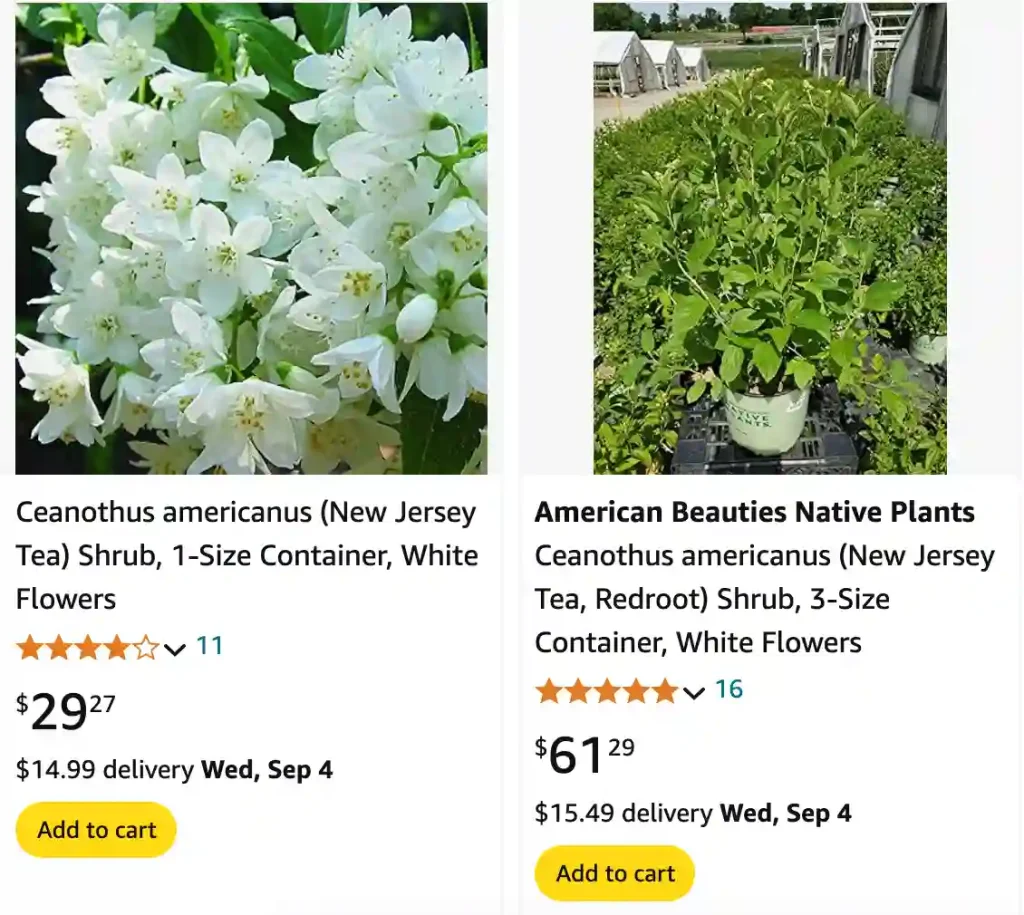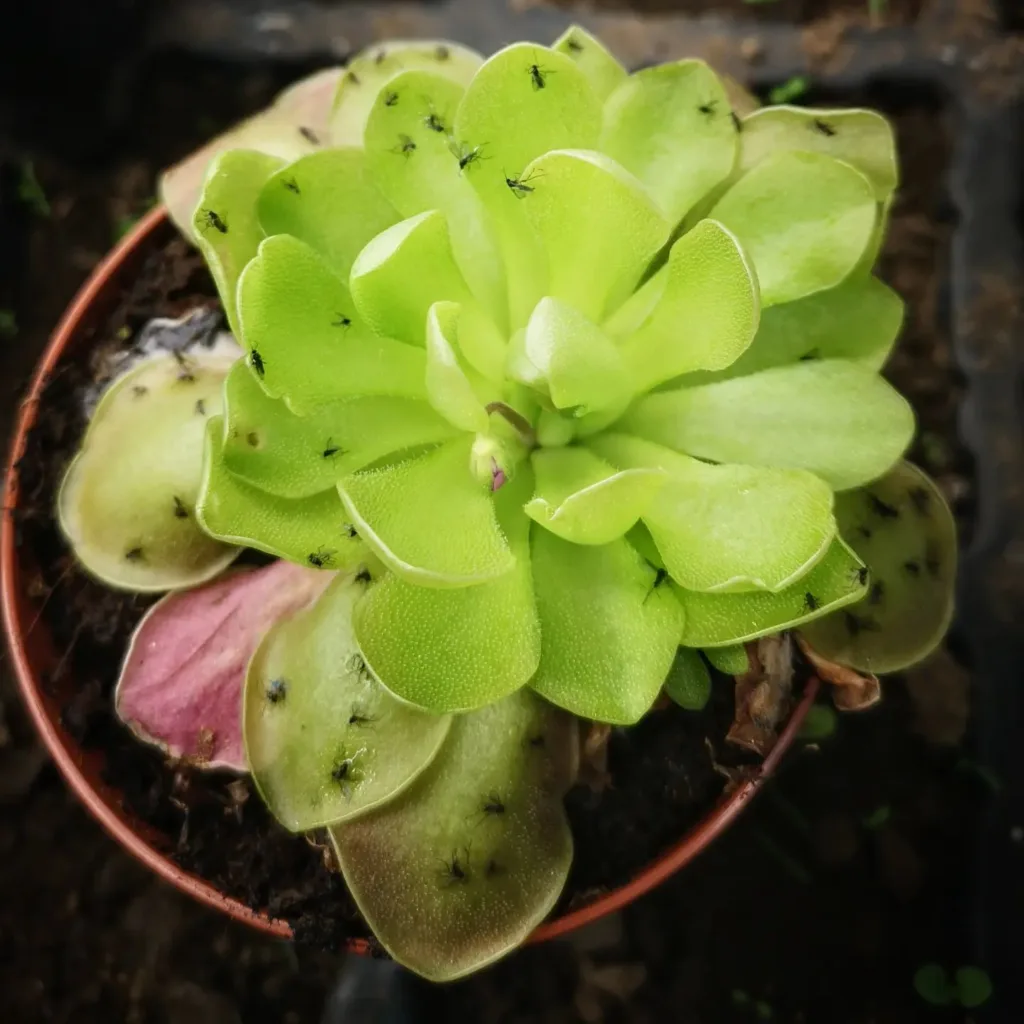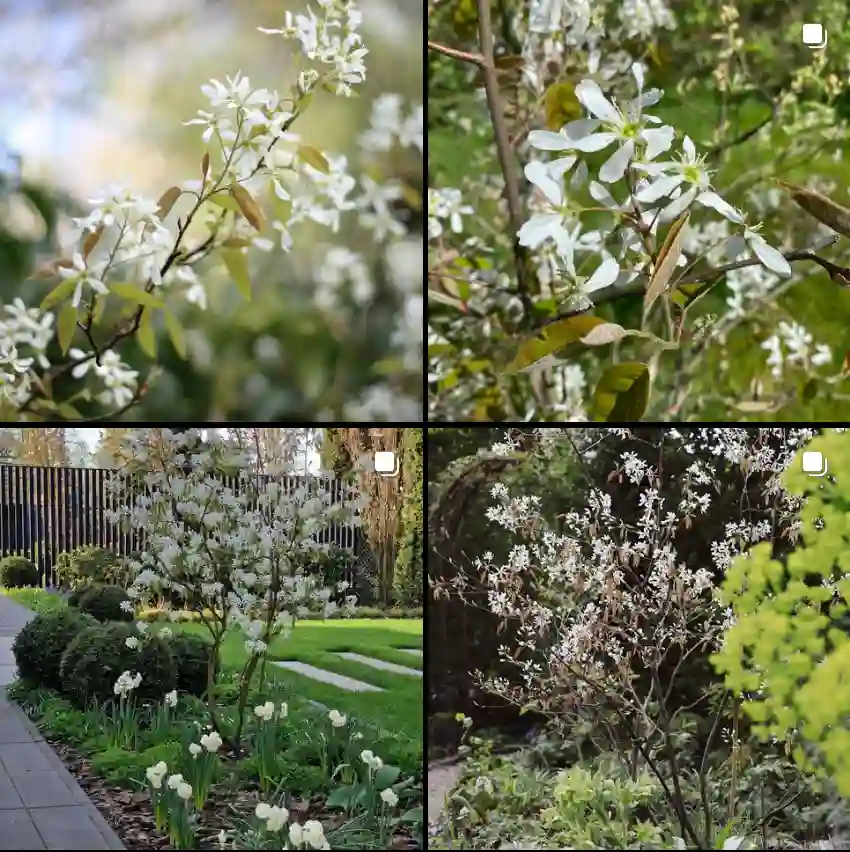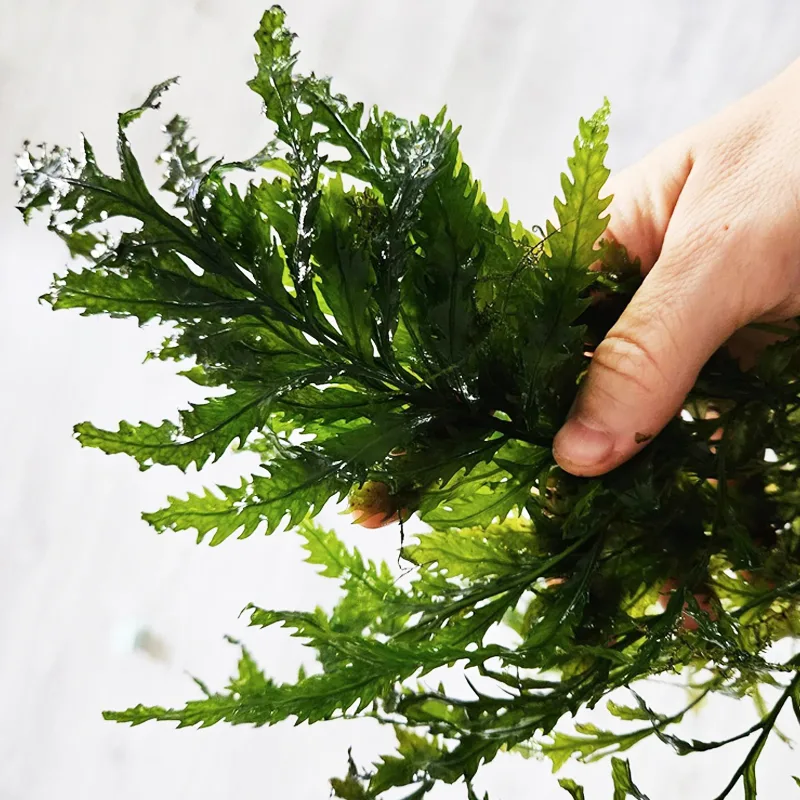
Frequently Asked Questions About Ceanothus Americanus
Ceanothus Americanus, commonly known as New Jersey Tea, is a fascinating plant that has caught my interest over the years. This native North American species is known for its medicinal properties and beautiful, delicate blooms. In this article, I will address some frequently asked questions about Ceanothus Americanus, drawing from my experiences and knowledge.
73 Species in Genus Ceanothus
Is Ceanothus Americanus a Perennial or a Shrub?
Ceanothus Americanus is a deciduous shrub. While some might refer to it as a perennial due to its longevity, its woody stems and shrub-like growth habit categorize it as a shrub. It typically reaches about 3 to 4 feet in height and spreads out to about the same width. This plant is known for its dense, bushy appearance, making it an excellent choice for borders and hedges in garden landscapes.
When Does Ceanothus Americanus Bloom in North Texas?
The blooming period for Ceanothus Americanus in North Texas generally falls in the late spring to early summer, around May to June. During this time, the shrub produces clusters of small, fragrant white flowers. These blooms are not only visually appealing but also attract various pollinators, including bees and butterflies. The blooming period can vary slightly depending on the specific climate and growing conditions, but late spring is usually a reliable time to expect flowers.
Where to Buy Ceanothus Americanus?
Finding Ceanothus Americanus might require a bit of searching, as it’s not always available in typical garden centers. I’ve found that native plant nurseries and specialized online plant retailers are the best places to look. Some local native plant societies might also have sales or events where Ceanothus Americanus can be purchased. Online options often provide a broader selection, and it’s possible to find seeds or small shrubs that can be shipped directly to your door.
Ceanothus Americanus vs. Manjistha
Ceanothus Americanus and Manjistha (Rubia cordifolia) are often compared due to their traditional medicinal uses, though they are quite different plants. While Ceanothus Americanus is a shrub native to North America, Manjistha is a perennial climber found in South Asia. Both are used in herbal medicine, but for different purposes. Ceanothus Americanus is primarily known for supporting the lymphatic system and as a remedy for respiratory issues. In contrast, Manjistha is widely used in Ayurvedic medicine for its blood-purifying properties. These differences highlight the unique qualities each plant offers, despite some similarities in their herbal applications.
What is Ceanothus Americanus?
Ceanothus Americanus, or New Jersey Tea, is a member of the Rhamnaceae family. This plant gets its common name from its historical use as a tea substitute during the American Revolutionary War. It’s a small, deciduous shrub with glossy green leaves and clusters of tiny white flowers. Beyond its historical uses, Ceanothus Americanus is appreciated for its hardiness and ability to thrive in poor, sandy soils, making it a resilient choice for native plant gardens.
How to Care for Ceanothus Americanus?
Caring for Ceanothus Americanus is relatively straightforward. This shrub prefers well-drained soil and full sun to partial shade. It is drought-tolerant once established, which makes it suitable for xeriscaping. Watering should be moderate, and overwatering should be avoided to prevent root rot. Pruning can be done after flowering to maintain shape and encourage bushier growth. It’s a low-maintenance plant that doesn’t require much fertilization, making it an excellent choice for those who want a resilient, easy-care garden shrub.
How to Propagate Ceanothus Americanus?
Propagation of Ceanothus Americanus can be done through seeds or cuttings. Seed propagation involves collecting seeds from mature plants and sowing them in the fall or spring. Scarification or cold stratification can help improve germination rates. Alternatively, softwood cuttings taken in the spring or early summer can be rooted in a mixture of sand and peat under controlled humidity. Both methods can be successful, but patience is required, as the plant can be slow to establish.
Can You Grow Ceanothus Americanus Indoors?
Growing Ceanothus Americanus indoors is not recommended. This plant thrives in natural outdoor conditions where it can receive ample sunlight and has space for its roots to spread. It prefers an environment with good air circulation, which is hard to replicate indoors. While it can be tempting to bring this beautiful shrub inside, it’s best suited for gardens, landscapes, or outdoor pots.
Is Ceanothus Americanus Toxic?
Ceanothus Americanus is not known to be toxic to humans or animals. In fact, its leaves have been used to make herbal teas, and it has a history of medicinal use. However, as with any plant, it’s wise to avoid ingesting large quantities without proper knowledge or guidance from a healthcare professional. Always exercise caution and educate yourself on the safe use of any plant.
Benefits of Ceanothus Americanus
Ceanothus Americanus offers a range of benefits, both ecological and medicinal. Ecologically, it provides habitat and nectar for pollinators such as bees and butterflies. Its deep roots help stabilize soil, making it a good choice for erosion control. Medicinally, it has been used to support the lymphatic system and treat respiratory conditions. Additionally, its attractive appearance makes it a lovely addition to any native plant garden.
Common Problems with Ceanothus Americanus
While generally hardy, Ceanothus Americanus can be susceptible to a few issues. Overwatering can lead to root rot, so it’s essential to ensure well-drained soil. Pests such as aphids might occasionally be a problem, but they can usually be managed with natural insecticides or by encouraging natural predators. Powdery mildew might also affect the plant, especially in humid conditions, but good air circulation and proper spacing can help prevent this.
What to Plant with Ceanothus Americanus?
Ceanothus Americanus pairs well with other native plants that thrive in similar conditions. Consider planting it alongside coneflowers, black-eyed Susans, or wild indigos. These companions will enhance the aesthetic appeal of the garden while providing a habitat for various pollinators. By choosing plants with similar water and sunlight needs, you can create a harmonious and low-maintenance garden space.
Ceanothus Americanus is a versatile and valuable addition to any garden. Whether you’re interested in its historical significance, its ecological benefits, or simply its beauty, this shrub is a wonderful choice for gardeners looking to add a native touch to their landscape.
If i die, water my plants!



